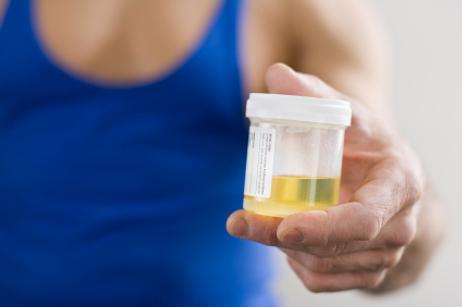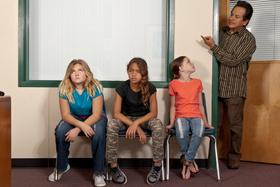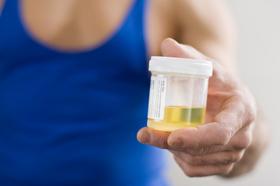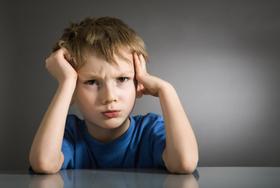Drug testing has become a common procedure in some areas of society, from teachers and athletes to professionals in a wide range of industries. More recently, the question of drug testing for students has been raised, as some schools have begun to institute random drug testing in high schools and even middle schools. Is drug testing an effective way to keep students “clean” or is it a blatant violation of students’ privacy rights? The answer to that question may depend on who you ask.
An Overview of Drug Testing
Drug testing can be done through a variety of methods, using samples that include urine or a few strands of hair. Common drugs tested for include marijuana, cocaine, steroids, opiates and amphetamines. Alcohol is not a substance that can be detected using standard drug testing procedures, since the substance does not stay in the body long enough to show up in test results. Current use of alcohol can be tested by breathalyzers and other testing methods.
Drug testing can be performed as a standard procedure, such as prior to hiring an applicant for a job. Some schools drug test teachers and have found positive results. Testing can also be done on an individual if substance use is suspected, due to suspicious behavior or actions of the individual. Another option is random testing, which can be done on any individual at any time, without warning. It is the random testing approach that has typically come under fire in public schools today.
According to a report at the National Institute of Drug Abuse, testing can be done as a deterrent for drug use. It can also be used to detect a potential substance abuse problem in students or employees, enabling the individual to receive the help needed to get off the drug in question. In some cases, drug testing may be used to enforce disciplinary measures on drug users in a company or school.
A History of Drug Testing in Public Schools
According to , drug testing in public schools did not begin to make an appearance until sometime in the 1980s. At that time, some public high schools began performing drug testing on student athletes – a practice that was already carried out by college and professional sports teams. Testing was also done on Olympic athletes and those competing in major sporting events like the Tour de France. By 2001, USLegal.com cites a report by the New York Times that estimated hundreds of school districts across the country were participating in some form of drug testing.
Although testing had been implemented in many schools, controversy surrounding the practice and some legal battles were waged over the practice. In 1995, the U.S. Supreme Court upheld the rights of schools to require drug testing on students for reasons beyond suspicious behavior. The ruling was perceived as a way to combat drug usage among the nation’s youth, despite concerns that it interfered with student privacy.
That Supreme Court ruling, which allowed for random drug testing on students participating in competitive extracurricular activities, has been interrupted in different ways by different school districts. In some schools, this restricts testing to student athletes – a practice that has now been in place for decades. However, other schools are using the looser translation of the law to test student participating in any type of after-school activity, as a criterion for joining a club or academic team. The practice is also moving into the younger grades, with some middles schools now adopting drug testing procedures along with their feeder high schools.
The reported last fall on new drug testing procedures implemented in both high schools and middle schools in Maryville, Missouri. Students who wish to participate in any club or sport in Maryville schools would have to consent to drug testing prior to joining. A spokesman for the schools told the Times the idea was to raise awareness of drug prevention among all middle and high school students. However, some parents are complaining that the policy is a violation of their children’s rights.
“They’re losing their rights every day and you ask yourself, what are we teaching the kids?” one Maryville parent told the Times.
However, proponents of the practice maintain their position that testing leads to prevention. Matthew Franz, owner of a drug testing company in Ohio, told the Times, “It starts early with kids. You want to get in there and plant these seeds of what’s out there and do prevention early.”
Some Private Schools Embrace Testing
While the battle over drug testing in public schools continues, some private schools are bypassing the conflict to form their own drug testing policies. Private institutions are exempt from the laws governing public schools, so they are allowed to test any and all students through random testing practices. While testing is not prevalent at private schools nationwide, some that have adopted the policy of random drug testing have been pleased with the results.
The reports that a private Jesuit school has begun testing all of its students for drugs this fall. Administrators at Rockhurst High School determined that testing the entire student population will help them take a stand against drug use and offer help to those already victims of substance abuse. The testing policy was made through a collaboration of faculty, administrators and students.
While the debate on drug testing continues, no one knows definitively how much impact testing will have on student drug use overall. As more schools continue the practice, perhaps enough evidence can be compiled to determine whether testing is providing the desired effect on students. However, the question over student privacy rights is sure to remain a key component in the debate, no matter how successful testing proves to be.
Questions? Contact us on Facebook @publicschoolreview.















